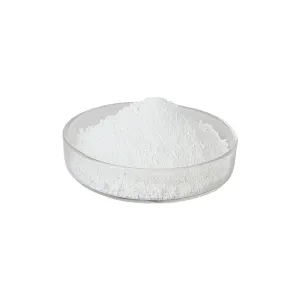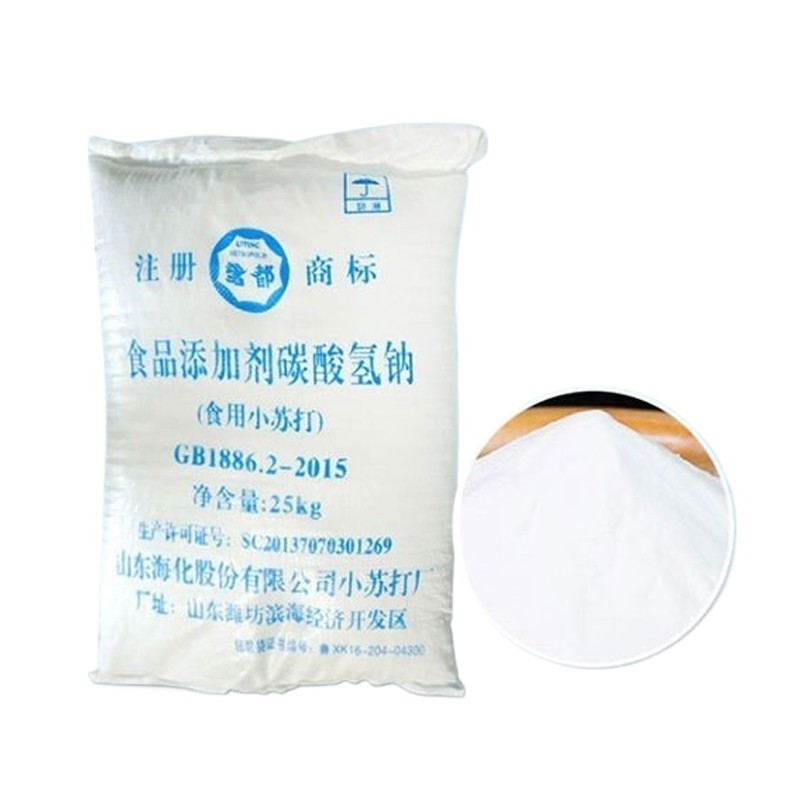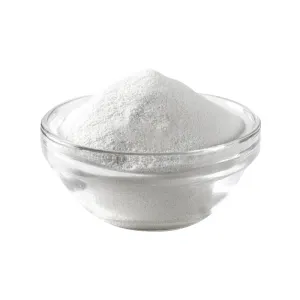CCTV News
80,301
February 29, 2024, 4:20 PM
The reporter learned from the Institute of Metals, Chinese Academy of Sciences that researchers at the institute have recently prepared 3D printed titanium alloy materials with high fatigue resistance. This material is expected to play a role in the aerospace field in the future. The result was published in the international academic journal Nature on February 29, Beijing time.
It is understood that titanium alloys directly prepared by 3D printing technology under ideal conditions should have natural ultra-high fatigue resistance, and defects such as pores generated during the printing process will greatly reduce the fatigue resistance of titanium alloys. In the high-temperature experiment of a certain titanium alloy material, researchers found that there is a valuable heat treatment process window that can suppress the appearance of pores. On this basis, a new process for step-by-step control of defects and structures was invented, and finally prepared. A titanium alloy material with almost no pores was produced. In cyclic testing, this material can increase the tension-tensile fatigue strength of titanium alloy from the original 475 MPa to 978 MPa.
According to Zhang Zhefeng, a researcher at the Institute of Metals, Chinese Academy of Sciences, 3D printing technology is currently used in aerospace applications. The new technology they developed will increase the fatigue life by ten to hundreds of times under the same load. At the same expected life, the applied load will increase by 10 to 15 percent.
















